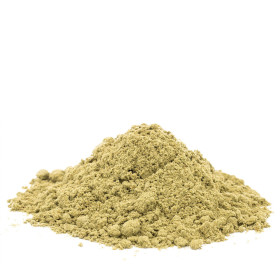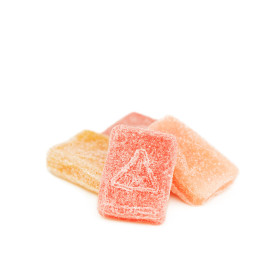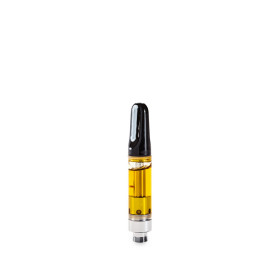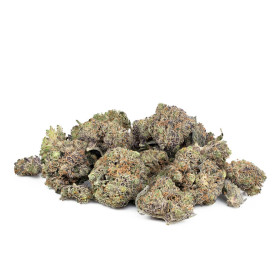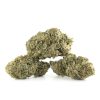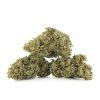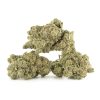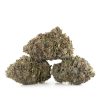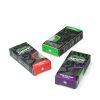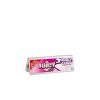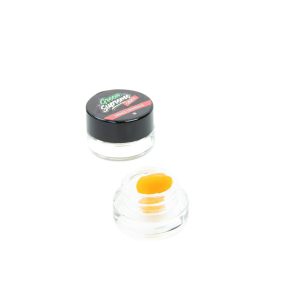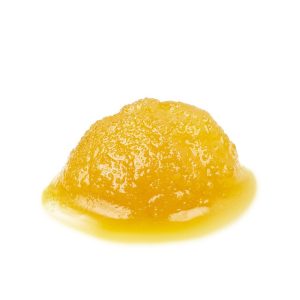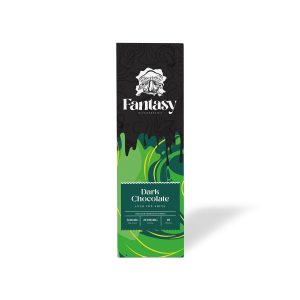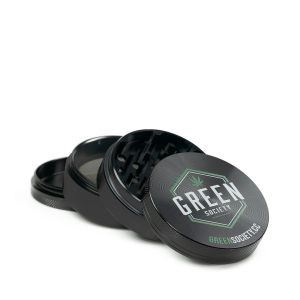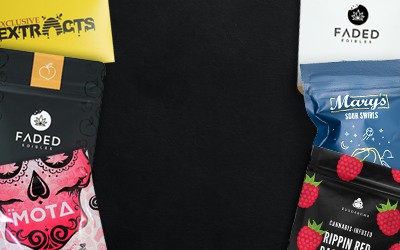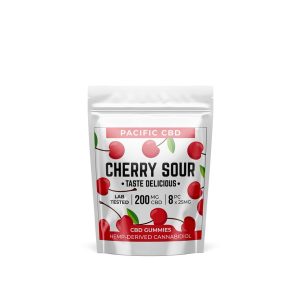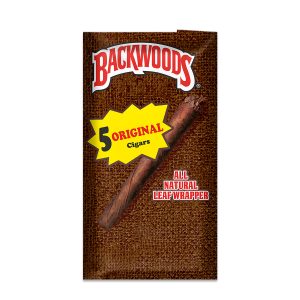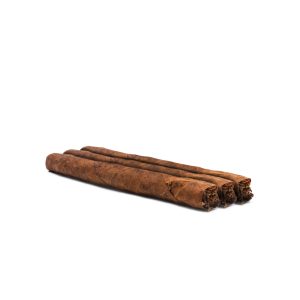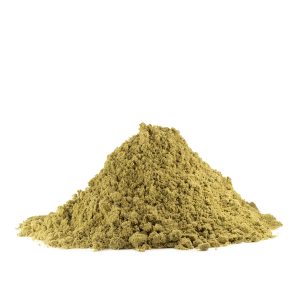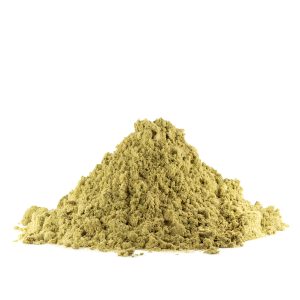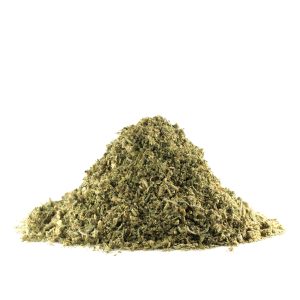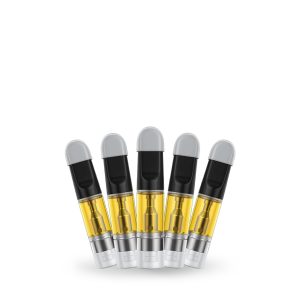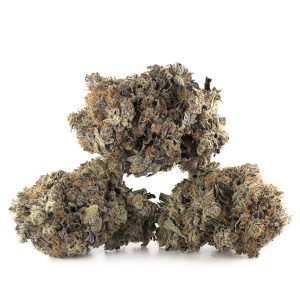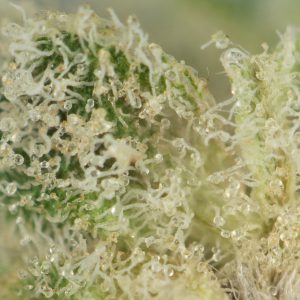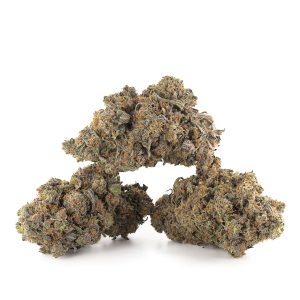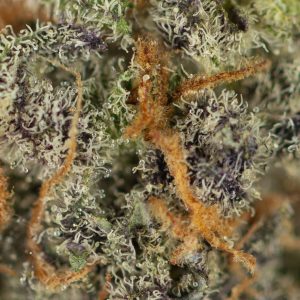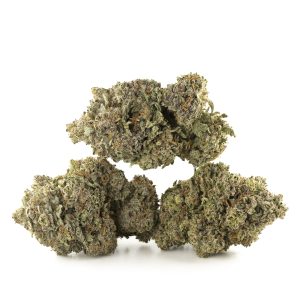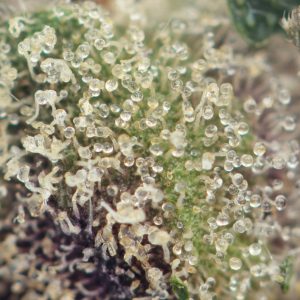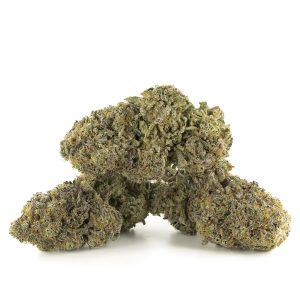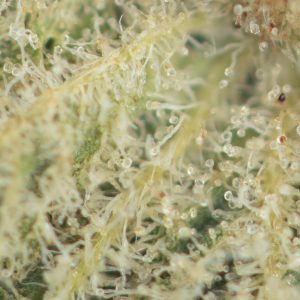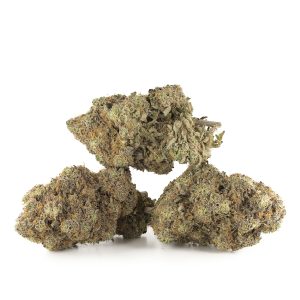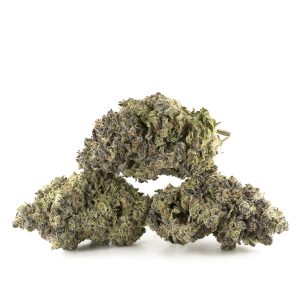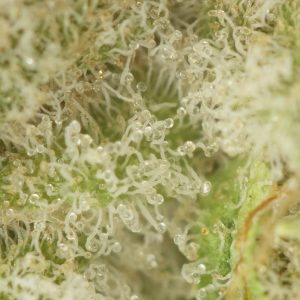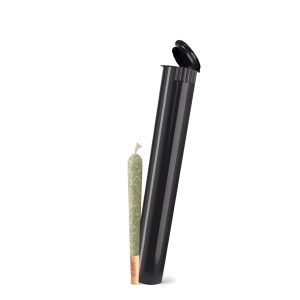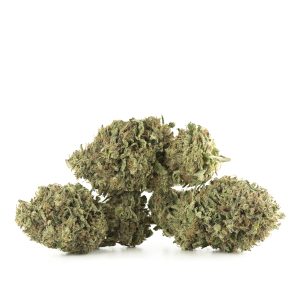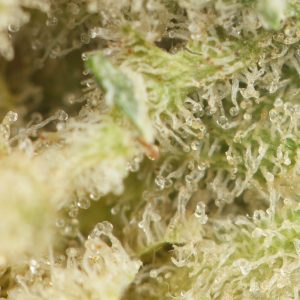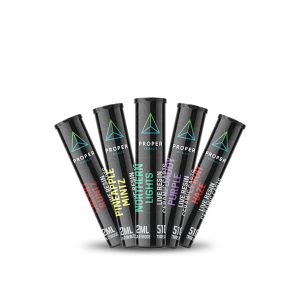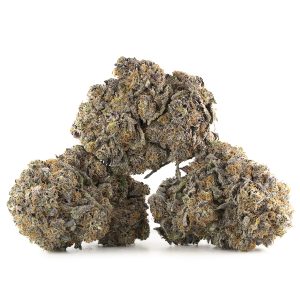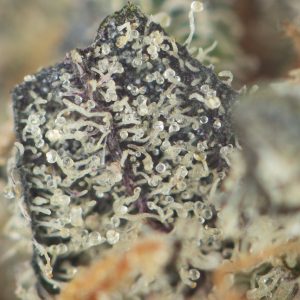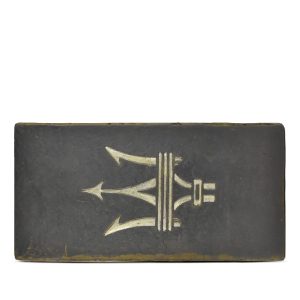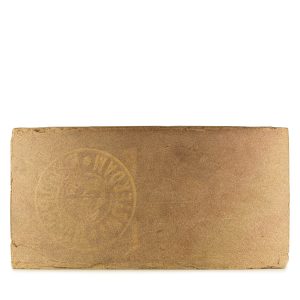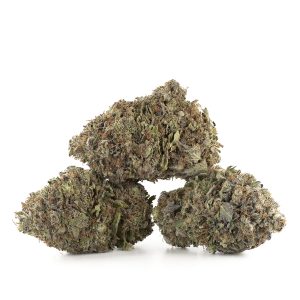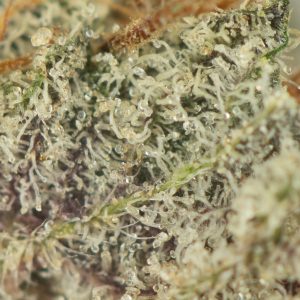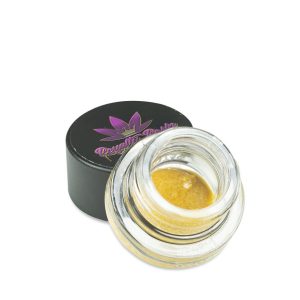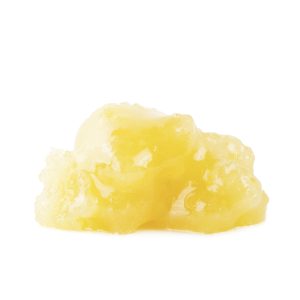10 Likes
DAILY
DEAL
DEAL
Get 20% off this daily deal, ends in 03h 23m 10s
Edibles
Rated 5.00 out of 5
(8)
7 Likes
DAILY
DEAL
DEAL
Get 15% off this daily deal, ends in 03h 23m 10s
Accessories
Rated 5.00 out of 5
(3)
Deal ends in
03:23:10
Showing 21–40 of 337 results
10 Likes
DAILY
DEAL
DEAL
Get 20% off this daily deal, ends in 03h 23m 09s
Edibles
Rated 5.00 out of 5
(8)
7 Likes
DAILY
DEAL
DEAL
Get 15% off this daily deal, ends in 03h 23m 09s
Accessories
Rated 5.00 out of 5
(3)
Deal ends in
03:23:09
60%OFF
$250.00 – $800.00
From $1.79 per gram
This product has multiple variants. The options may be chosen on the product page
1/4 LB
1/2 LB
1 LB
1 Like
60%OFF
$250.00 – $800.00
From $1.79 per gram
This product has multiple variants. The options may be chosen on the product page
1/4 LB
1/2 LB
1 LB
12 Likes
4 Likes
Cartridges
$35.00
This product has multiple variants. The options may be chosen on the product page
71 Likes
20%OFF
Halloween Sale
Rated 4.89 out of 5
(83)
$26.40 – $160.00
From $3.57 per gram
This product has multiple variants. The options may be chosen on the product page
3.5G
7G
14G
28G
1/4 LB
40 Likes
25%OFF
AAA+ Cannabis
Rated 4.67 out of 5
(57)
$18.75 – $262.50
From $2.34 per gram
This product has multiple variants. The options may be chosen on the product page
3.5G
7G
14G
28G
1/4 LB
30 Likes
20%OFF
AA+ Cannabis
Rated 4.75 out of 5
(20)
$17.60 – $240.00
From $2.14 per gram
This product has multiple variants. The options may be chosen on the product page
3.5G
7G
14G
28G
1/4 LB
52 Likes
AAA+ Cannabis
Rated 4.63 out of 5
(30)
$25.00 – $140.00
From $3.13 per gram
This product has multiple variants. The options may be chosen on the product page
3.5G
7G
14G
28G
1/4 LB
21 Likes
25%OFF
AA+ Cannabis
Rated 3.64 out of 5
(11)
$16.50 – $225.00
From $2.01 per gram
This product has multiple variants. The options may be chosen on the product page
3.5G
7G
14G
28G
1/4 LB
5 Likes
25%OFF
Halloween Sale
Rated 3.00 out of 5
(2)
$21.00 – $300.00
From $2.68 per gram
This product has multiple variants. The options may be chosen on the product page
3.5G
7G
14G
28G
1/4 LB
24 Likes
Rated 4.76 out of 5
(42)
$160.00
From $3.57 per gram
This product has multiple variants. The options may be chosen on the product page
3.5G
7G
14G
28G
1/4 LB
8 Likes
Hybrid
Rated 5.00 out of 5
(1)
$14.40
3 Likes
20%OFF
AA+ Cannabis
Rated 4.00 out of 5
(1)
$17.60 – $96.00
From $2.14 per gram
This product has multiple variants. The options may be chosen on the product page
3.5G
7G
14G
28G
1/4 LB
7 Likes
42%OFF
Cartridges
Rated 4.00 out of 5
(4)
14 Likes
20%OFF
1/2 Ounce Specials
Rated 4.10 out of 5
(10)
From $2.86 per gram
This product has multiple variants. The options may be chosen on the product page
3.5G
7G
14G
28G
1/4 LB
50%OFF
Bulk
$400.00 – $1,296.00
From $2.89 per gram
This product has multiple variants. The options may be chosen on the product page
1/4 LB
1/2 LB
1 LB
50%OFF
$400.00 – $1,296.00
From $2.89 per gram
This product has multiple variants. The options may be chosen on the product page
1/4 LB
1/2 LB
1 LB
50 Likes
AA+ Cannabis
Rated 4.55 out of 5
(122)
$22.00 – $300.00
From $2.68 per gram
This product has multiple variants. The options may be chosen on the product page
3.5G
7G
14G
28G
1/4 LB
14 Likes
Concentrates
Rated 4.60 out of 5
(10)
$40.00
2 Likes
20%OFF
Rated 5.00 out of 5
(1)
$70.00 – $448.00
From $16.00 per gram
This product has multiple variants. The options may be chosen on the product page
3.5G
7G
14G
28G



